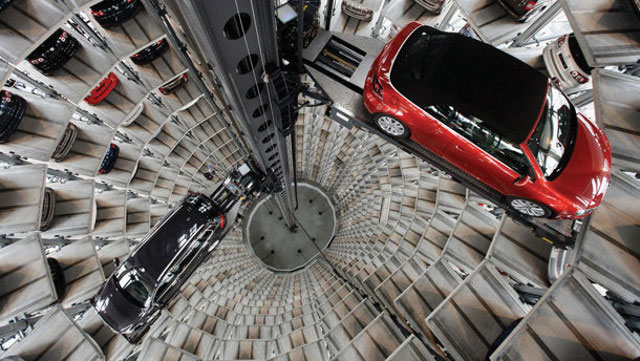Borey Peng Huoth Offers Instant Move-In Homes with Exclusive Benefits
Borey Peng Huoth presents an unbeatable opportunity for homebuyers seeking immediate occupancy without the wait. This month, purchasers can acquire any prefabricated house type and move in within just one week, accompanied by enticing incentives: ➤ Secure your new home with only a 5% down payment and move in within 1 week. ➤ Receive additional […]
Kratie’s Mekong River Bridges Approach Halfway Mark in $111 Million Project
The ambitious project to construct bridges across the Mekong River in Kratie province, valued at US$111 million, has surged ahead, with completion surpassing 49% as of early May 2024 while the road connection component stands at an impressive 36.24%. This milestone was confirmed by the Ministry of Public Works and Transport’s official Facebook page on […]
Japan Introduces Innovative Rice Farming Technology in Pursat to Combat Climate Change
Japan is spearheading a groundbreaking initiative to revolutionize rice farming in Pursat by introducing cutting-edge technology aimed at enhancing soil oxygenation and curbing methane emissions. The project, endorsed by the official Facebook page of JICA in Cambodia on April 29, 2024, promises to revolutionize agricultural practices in the country. Under the auspices of JICA, Cambodia […]
Second Conch Cement Factory in Battambang Worth US$ 253 Million Reaches 85% Completion
The construction progress of the second Conch Cement Factory in Battambang province, valued at US$253 million, has reached a significant milestone, with approximately 85% of the project now complete. Scheduled for an official inauguration in September 2024, this development marks a crucial step forward in Cambodia’s cement manufacturing sector. The update was shared via a […]
Phnom Penh Drainage and Diversion Project Reaches 60% Completion
The project aimed at draining water and diverting flows from Phnom Penh to rehabilitate 10 canals spanning 260 kilometers has achieved a significant milestone, reaching 60% completion. This update comes directly from the Ministry of Water Resources and Meteorology on May 4, 2024, marking substantial progress in addressing flooding issues in the nearby provinces. During […]
Deputy PM Assures No Adverse Impact on Vietnam as Cambodia Forecasts Canal Project to Save Nearly US$600 Million
The volume of water diverted by the Funan Techo canal relative to the overall flow of the Mekong River is negligible, ensuring no adverse effects on Cambodia’s environment and neighboring regions, including Vietnam. This affirmation comes from HE Sun Chanthol, Deputy Prime Minister and Deputy PM and First President of the Council for the Development […]



 ខ្មែរ
ខ្មែរ







